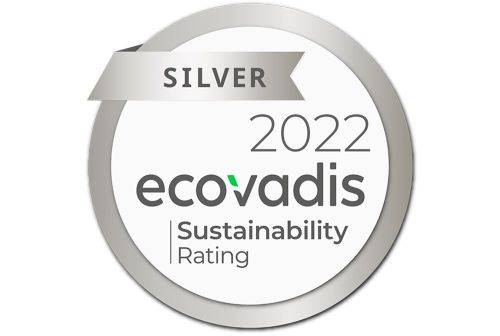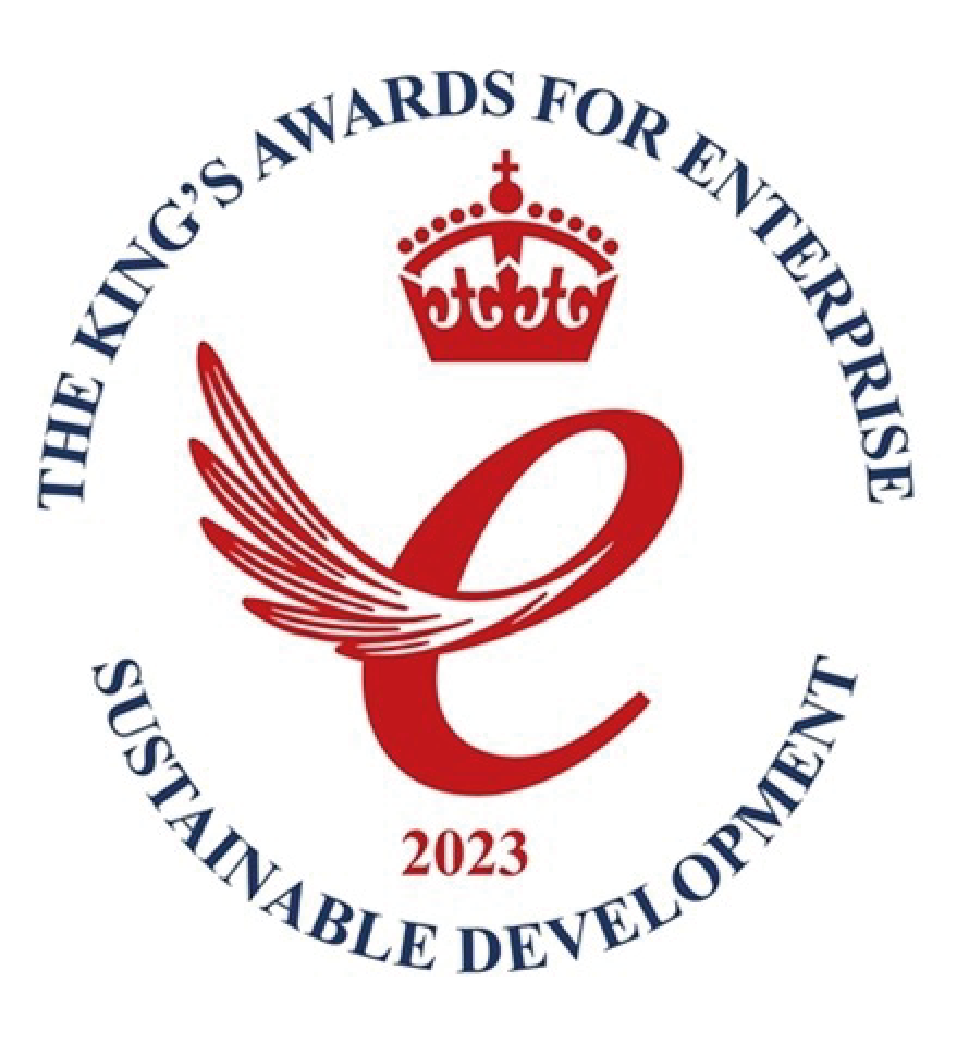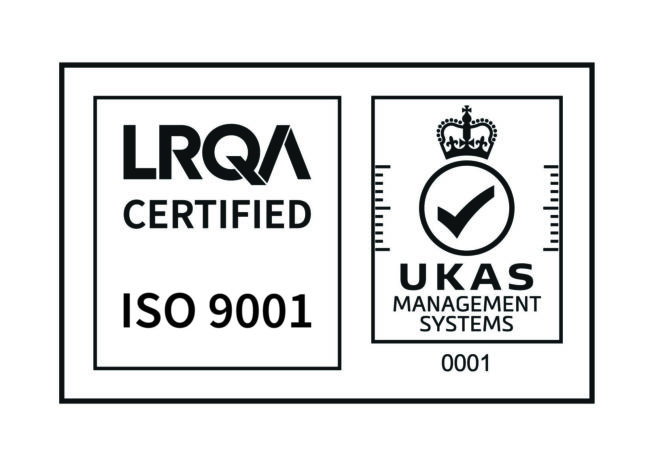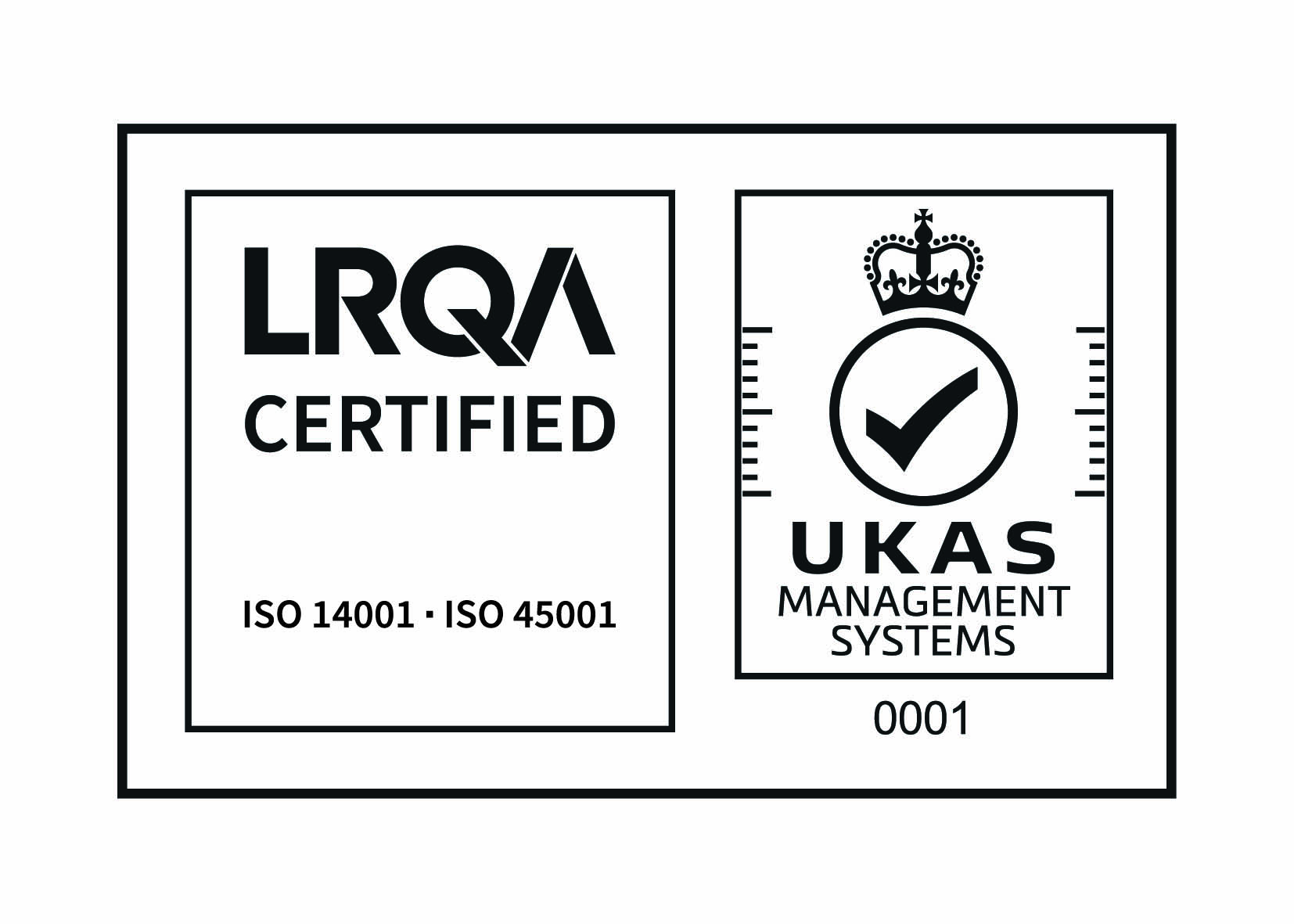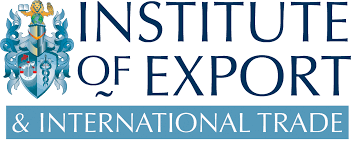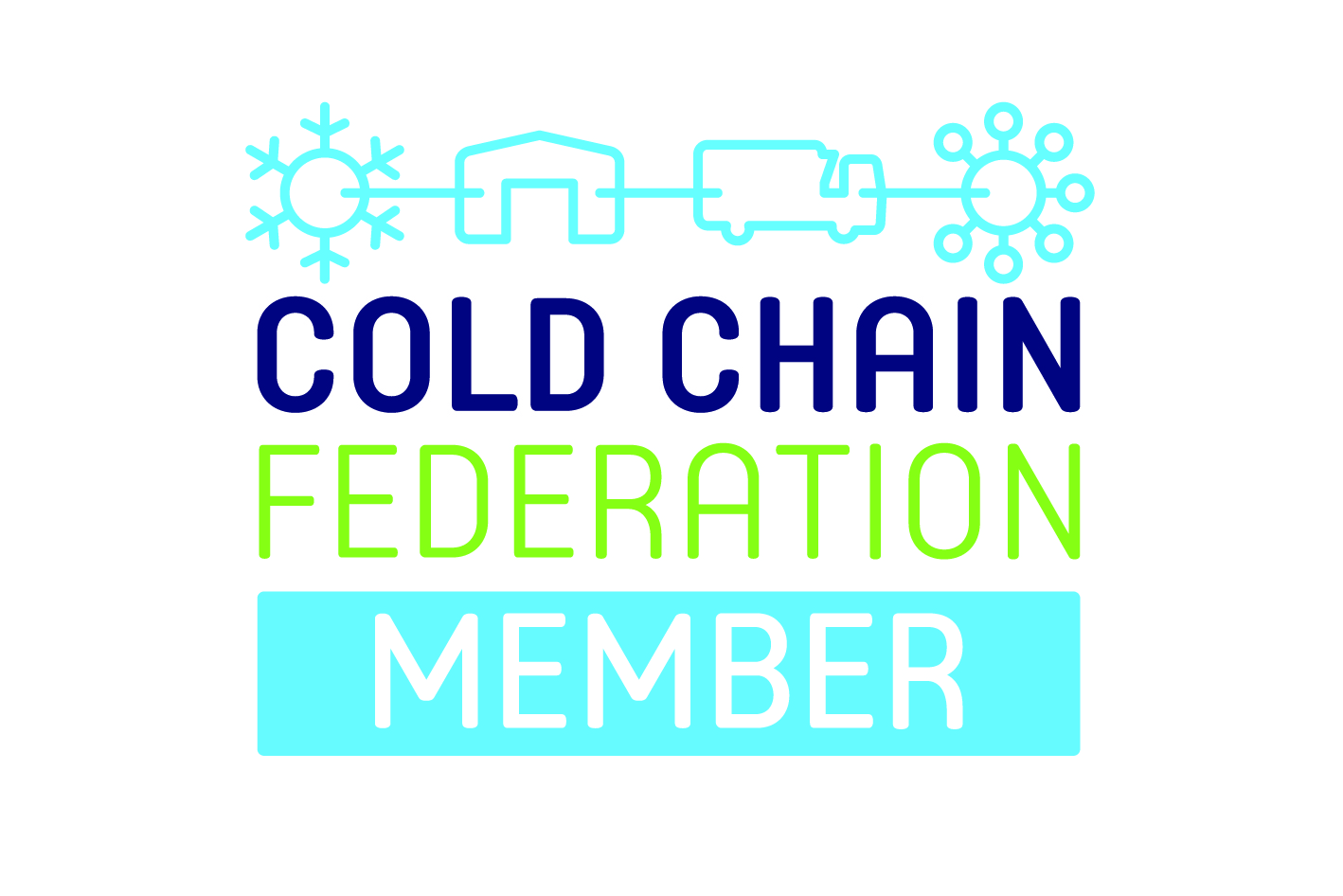Ways to stabilise the pharmaceutical cold chain
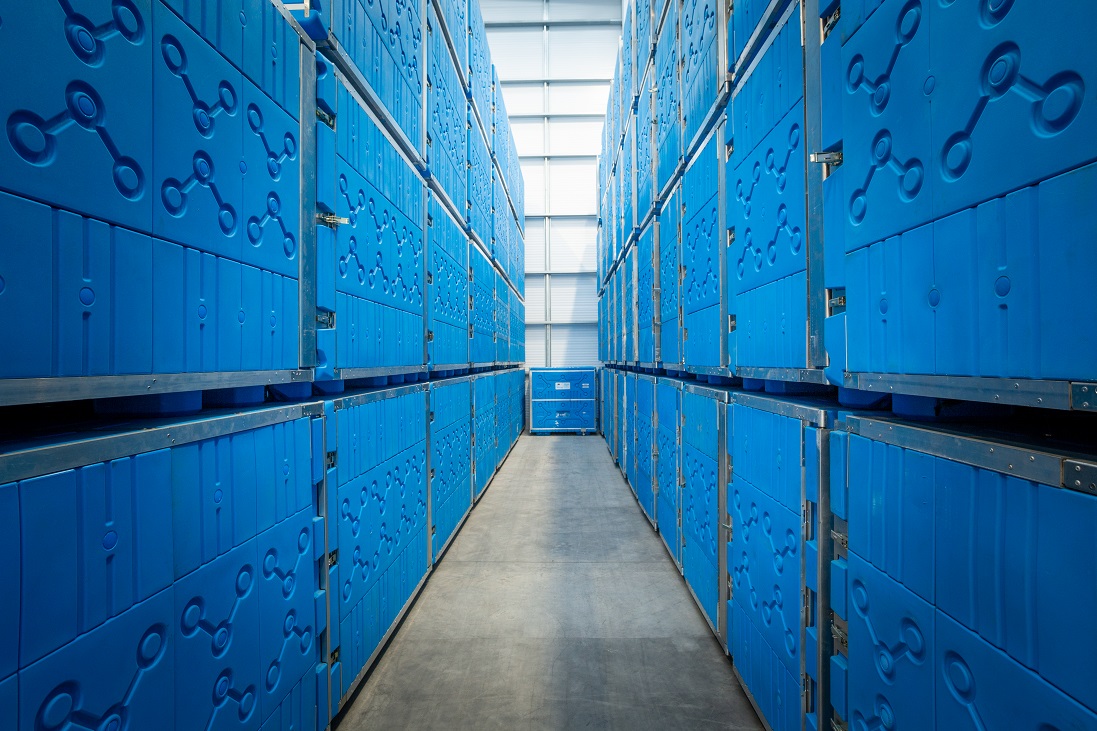
Issue Month: July 2023
There is little room for error in most all supply chains, so faultless operations in the pharmaceutical sector are critical. With many biopharmaceuticals requiring strict temperature control from manufacturer to patient, precise handling and storage is a must. Combined with increasing regulatory requirements in an international market and the growing demand for tangible sustainability, traceability and digitalisation, outsourcing partners are under increasing pressure to cope with the challenges of transporting pharmaceuticals through the cold chain.
Global regulatory requirements
Considered one of the most heavily regulated industries in the world, pharmaceutical cold chain logistics professionals must comply with global regulations and standards set by governing bodies to ensure product quality and safety. Fundamental to the success of the international pharmaceutical distributor, familiarity with markets, languages and policies per destination is key. Thus, investing in Good Distribution Practice (GDP) training is one solution to ensure that the quality and integrity of pharmaceuticals is maintained throughout the supply chain. And, with the pharmaceutical cold chain market evolving faster than ever before, with new products coming to market such as personalised medicines and small batch shipments, effective planning that determines when and how to transport products becomes crucial.
Demand for sustainable practices
As sustainable supply chain management comes to the fore, the pharmaceutical industry is under pressure to meet stringent safety standards whilst optimising environmental performance. The full implementation of environmental, social and corporate governance (ESG), combined with increasing consumer struggles with single-use plastics, has led pharmaceutical companies to favour sustainability-focused packaging and transport partners.
For this reason, reusable cold storage containers with passive technology are becoming increasingly popular as a sustainable logistics method. Passive transport systems that use phase-change materials or dry ice do not depend on a permanent energy source or manual intervention to maintain temperatures from <-60°c – +20°c for 120 hours. Robust in structure, these containers are designed for multi-year transport, thus reducing packaging waste compared to single-use solutions that must be disposed of after each journey. The reusable nature of Tower containers ensures an ideal environment for pharmaceutical products, minimising microbial risks and maximising protection of product integrity.
And aside from the advantages of product innovation to improve sustainability, organisations are also realising the benefits from implementing more economically-sound manufacturing processes. Just-in-time (JIT) manufacturing brings greener practices into the cold chain, by building containers made to meet consumer demand, rather than speculative manufacturing in advance of need.
Modular container designs provide the agility to accurately produce the asset base necessary, thus minimising the raw materials used as well as the warehousing and labour needed to maintain un-used stock. Transportation waste stems from unnecessary movement that doesn’t add value to the product. Cold storage container providers who aim for greener practices will identify significant opportunities to reduce the excess of miles throughout the pharmaceutical cold chain.
Serving an international market
As technological advances result in new materials and biological products, this trend is coupled with the growing demand for modern pharmaceuticals in middle and low-income countries, thus meaning pharmaceutical cold chains will continue to globalise over the coming years.
Manufacturers are increasingly turning to their external packaging and distribution partners to deliver products over long distances quickly and cost-effectively. To ensure localised delivery while complying with international regulations, investing in distribution networks is a certified way for cold chain partners to provide customers with the agility and flexibility they need.
To minimise the difficulties associated with returns management, companies are focusing on streamlining the process of moving products through the supply chain, relying on deployed networks of hubs and service centres. Partners who invest in the right locations to increase container availability and proximity to customers will undoubtedly see benefits in sustainability, cost-reduction and, ultimately, client satisfaction.
Digital transformation
Digital data is no longer considered a luxury, but an important part of pharmaceutical cold chain operations. Considering this, manufacturers are increasingly relying on their outsourced cold chain operations to deploy end-to-end traceability processes to ensure product integrity and maintain profits.
Advanced packaging features, such as data loggers built into the outer casing of the container, inform customers of set temperatures before goods are placed inside, ensuring product integrity from the start of the journey. Using Bluetooth Low Energy technology, the data logger communicates wirelessly, allowing data to be automatically uploaded to the cloud along the route. This data transfer enables accurate compliance checks and signed off delivery documents, providing operators with transparent information. For Tower Cold Chain, dataloggers are incorporated in all solutions, regardless of size or conditioning requirements. From their largest solution at 3075L, down to their smallest, manually handleable ‘small box’ container – the KTEvolution – at 26.5L, IoT integration is standard.
In addition, automation technologies, such as digital payload calculators, and cloud-based control systems, provide many opportunities to streamline operations.
With the use of technology and AI, Tower is currently assembling a digital control centre – a portal which will ultimately provide accurate, tailored information to each customer – offering lane and in-transit simulation, 3PL recommendation and better visibility into operations. Tower customers will have access to lead times, temperature monitoring, airway bills and global positioning – all from one centralised platform.
Staying ahead
Undoubtedly, the need to reduce waste and energy, maximise operational efficiency and expand international reach is a challenge for many in the pharmaceutical cold chain industry. But, with the support of a trusted partner, like Tower Cold Chain, pharmaceutical manufacturers, airlines and 3PLs tackle these issues, confident that whatever problems arise, pharmaceutical products will be delivered to patients on time, undamaged and with zero temperature excursions.
